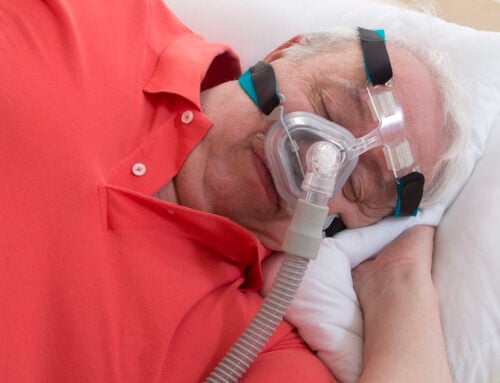Bone Health After 30- Preventing Osteoporosis
Bone health starts to decline after age 30. Bone remodeling slows and regeneration becomes harder. Preventing osteoporosis involves a combination of physical exercise and diet.

What is osteoporosis?
Osteoporosis is a disease which causes a weakening of bones. The bones become more porous and brittle, increasing the risk of fracture. Bones are continually dissolving and regenerating. Peak bone density occurs between ages 25-30. After age 30, bone density naturally declines. Individuals with osteoporosis will experience bone loss at a much quicker pace. The body is unable to regenerate new bone fast enough, resulting in a more rapid decline of bone density. Frequently osteoporosis shows no symptoms until the patient experiences the first fracture. Women are more likely than men to experience osteoporosis.
Why is bone health important?
Bones provide structure, anchor muscles, and protect organs. Bones also store the body’s calcium and phosphorous. Bones are in constant flux, breaking down and regenerating. When young, the body can make new bone faster than the old bone is broken down. The result is a slowly increasing bone density. The more bone density a person has stored at 30, the slower the decline in bone mass as the individual ages.
What determines bone health?
Gender, age, family history, and ethnicity are all factors of bone health. Physical activity, diet, hormone levels, and medications can also affect bone density. Women are more likely to develop osteoporosis over men. Bones become more brittle with age. Genetics plays a significant role in the development of the disease, especially for white or Asian ethnicity. Obesity and individuals with a lower physical activity level are at a higher risk. Exercise not only strengthens muscles but bones as well. Menopause leads to increased bone loss due to the drop in estrogen. High thyroid levels can also decrease bone density along with prolonged use of corticosteroids, serotonin reuptake inhibitors (SSRIs), and anti-seizure medications can be damaging to bone health.
Prevention
Prevention starts with a healthy diet and exercise. Foods rich in calcium and vitamin D can prevent or decrease the chances of osteoporosis. Bones are almost entirely made of calcium. As individuals age, the need for more calcium increases. The best sources are leafy greens, almonds, dairy, soy, salmon, and sardines. Supplements can fill in any gaps. Vitamin D helps the body more readily absorb calcium. Good sources include oily fish, eggs, and fortified foods.
Exercise is healthy for the entire body. Muscles, bones, even the mind benefits from increased exercise. Increased physical activity makes muscles and bones stronger. A combination of low impact cardio to weight-bearing exercises is recommended. Stretching and balancing exercises can help prevent falls and fractures.
Certain medications can help the body build bone or maintain bone density levels. Estrogen injections and supplements can help prevent bone loss, especially after menopause. Smoking causes the body to produce less estrogen, and alcohol can damage bones. Limiting the amount of these behaviors can help reduce bone loss.
Bone Health After 30
The time to build bone density is before age 30. The more store in the bank, the easier the decline will be on the body. After 30 a well-balanced exercise routine and a healthy diet will keep bones strong. Prevention of osteoporosis is possible.




